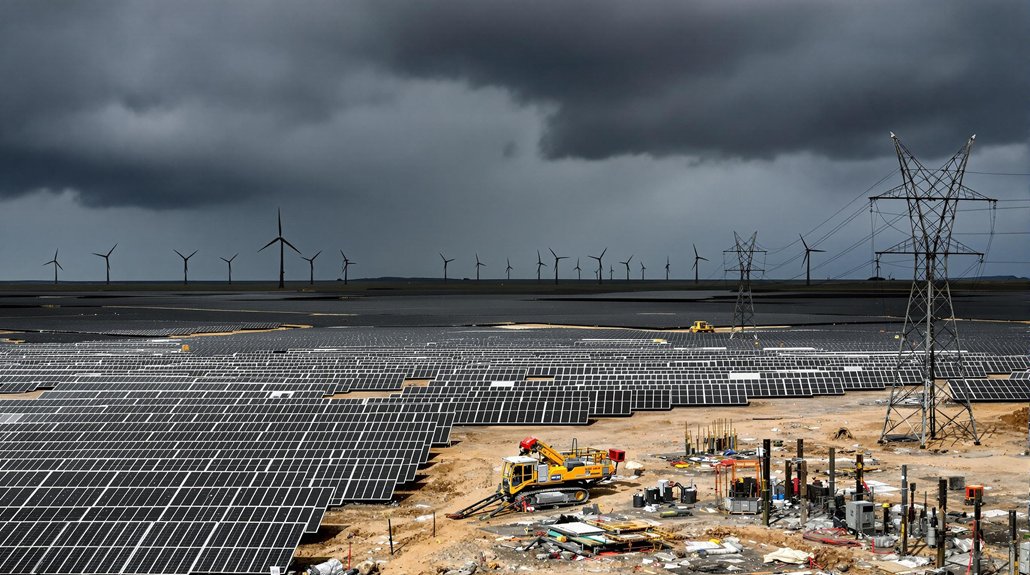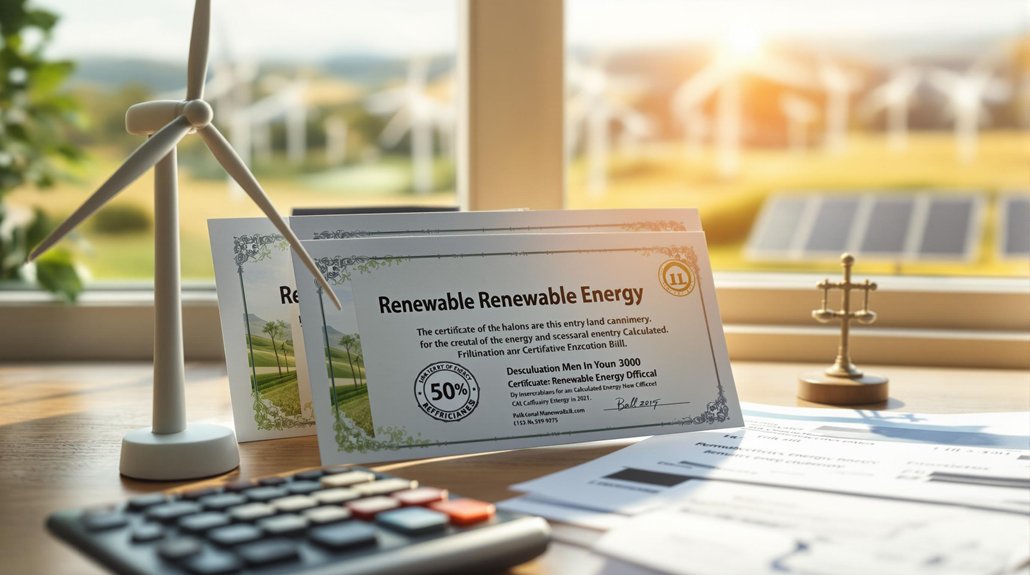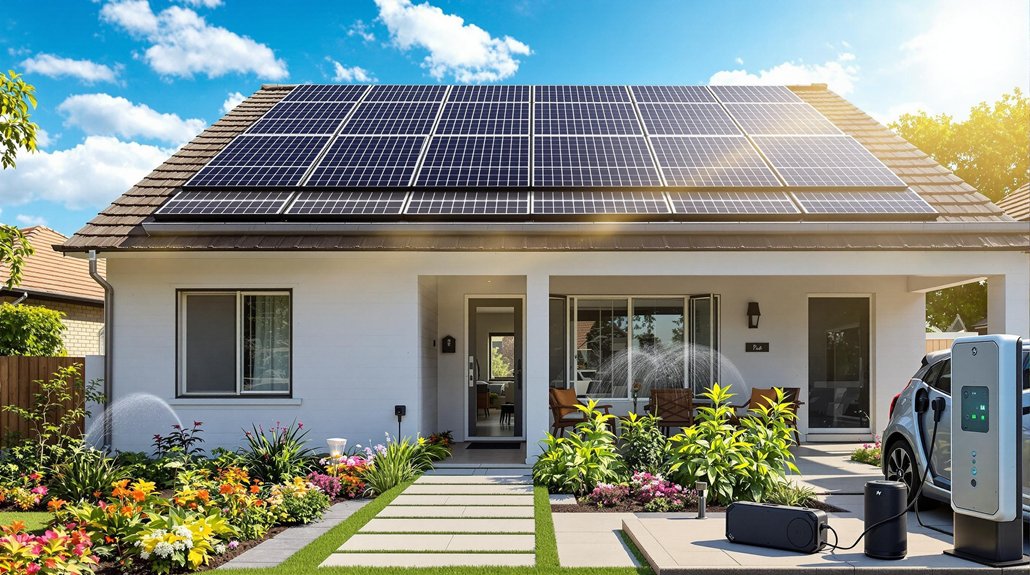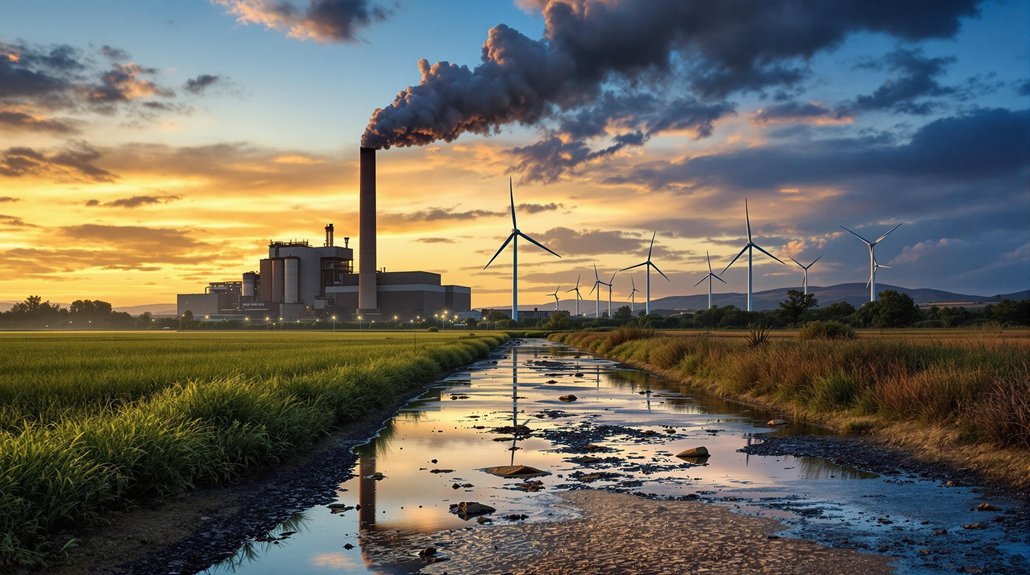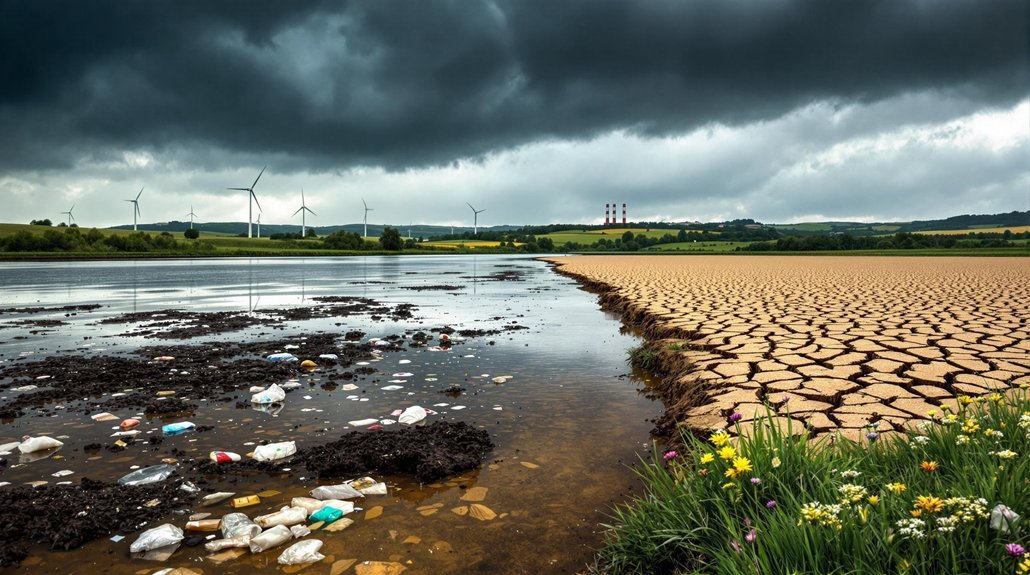Hydropower’s untapped potential is vast, with over 64% of global small hydropower resources still unused. China leads capacity growth while Africa and Southeast Asia emerge as expansion hotspots. Pumped storage hydropower, representing 96% of U.S. utility-scale energy storage, supports grid reliability and renewable integration. The sector could create 195,000 U.S. jobs by 2050 and reduce emissions by 5.6 gigatonnes. With $300 billion in needed modernization investments, hydropower stands poised to transform the clean energy landscape.
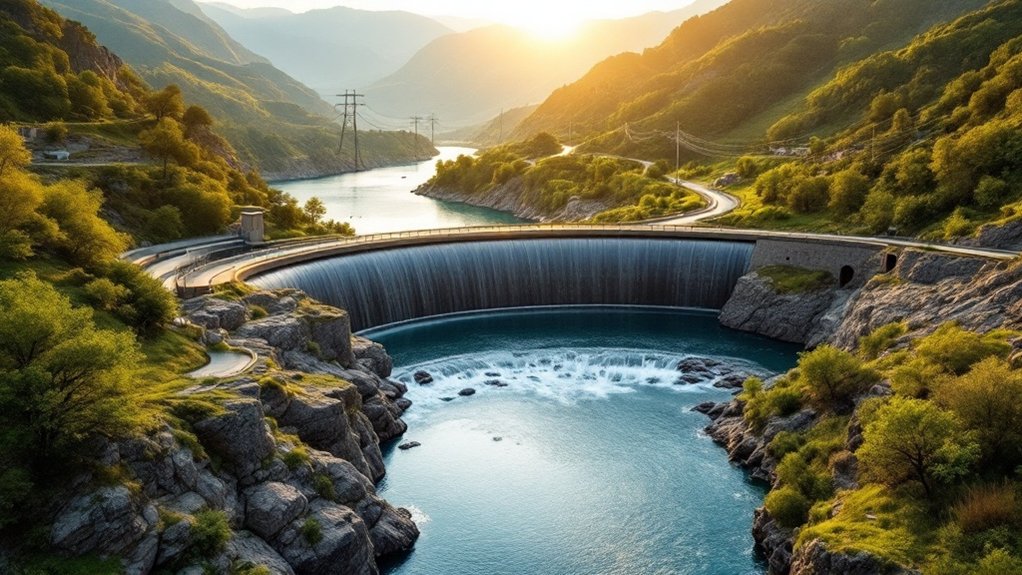
Why is the world overlooking one of its most promising renewable energy sources? Despite its reliability and flexibility, hydropower remains vastly underutilized globally. Over 64% of the world’s small hydropower potential sits unused, representing a missed opportunity to provide electricity to more than 700 million people currently without access.
Hydropower’s untapped potential could electrify millions, yet remains in the shadows of our renewable energy conversation.
The untapped potential exists in plain sight. In the United States alone, less than 3% of the country’s 90,000+ dams generate electricity. These non-powered dams could add 4.8 GW of capacity by 2050 if updated with generation equipment. Millions of miles of waterways also offer possibilities for in-stream hydropower development without building new dams.
Regional growth patterns show China leading the way, accounting for 40% of global capacity growth through 2030. Southeast Asia and Africa are emerging as hydropower expansion hotspots, while Sub-Saharan Africa holds the third-largest growth potential over the next decade. With a 23% increase in installed SHP capacity since 2019, Africa demonstrates significant momentum in developing its hydropower resources. In Latin America, Colombia and Argentina are positioned to drive development, with Turkey leading expansion in Europe.
Pumped storage hydropower (PSH) represents a crucial piece of the clean energy puzzle. It currently accounts for 96% of U.S. utility-scale energy storage and plays a significant role in integrating intermittent renewables like wind and solar. Hydropower provides a stable energy source throughout seasonal changes unlike other renewables, making it particularly valuable for grid reliability. Studies suggest 35 GW of new PSH is feasible in the U.S., with global capacity expected to increase 7% by 2030.
The economic benefits are substantial. Expanded hydropower could support over 195,000 jobs across the U.S. by 2050 and reduce greenhouse gas emissions by 5.6 gigatonnes. This translates to approximately $209 billion in savings from avoided climate change damages and $58 billion in healthcare cost savings from reduced air pollution. As the world’s largest renewable energy source, hydropower currently generates approximately 15% of global electricity, surpassing all other renewable sources combined.
To realize this potential, stronger policies and increased investment are essential. Experts estimate $300 billion is needed to modernize the global hydropower fleet by 2030. With proper support, hydropower can fulfill its promise as a cornerstone of a clean energy future.
Frequently Asked Questions
How Does Hydropower Compare to Solar and Wind Energy Costs?
Hydropower costs about $0.05 per kilowatt-hour, making it slightly cheaper than onshore wind ($0.053) and solar ($0.068). Offshore wind is most expensive at $0.115.
While hydropower costs rose 27% since 2000, solar and wind prices have dropped.
Hydropower’s higher capacity factor (47%) means it produces more consistent electricity than solar (12-30%) or wind (18-52%).
It also lasts longer—50-100 years versus 20-30 years for alternatives.
What Are the Ecological Impacts of Dam Construction on River Ecosystems?
Dams greatly harm river ecosystems in multiple ways. They disrupt natural water flow, blocking 97% of sediment in some rivers.
Fish migration routes are severed, contributing to a 76% decline in migratory fish populations since 1970.
Reservoirs create water quality problems including algal blooms. Dams also flood terrestrial habitats, alter groundwater dynamics, and may reduce carbon transport to oceans by 19% by 2030.
Can Small-Scale Hydropower Systems Power Individual Homes?
Small-scale hydropower systems can indeed power individual homes. These systems generate up to 100 kilowatts of electricity using flowing water from streams or rivers.
They’re more reliable than solar or wind energy, providing power 24/7. Homeowners need sufficient water flow on their property and must navigate permitting requirements.
While installation costs are high initially, operating expenses remain low. These systems can function connected to the grid or independently.
How Vulnerable Is Hydropower to Climate Change and Drought?
Hydropower faces significant climate change challenges.
Western U.S. generation fell 16% below average in 2021, with California dropping 48% due to drought.
By 2050, 61% of global hydropower dams will be in high-risk areas for droughts and floods.
Experts project an 8.5% loss in global hydroelectricity generation as temperatures rise and rainfall patterns become erratic.
Despite these threats, the U.S. hydropower fleet has maintained 80% of average generation since 2001.
What Technological Innovations Are Improving Hydropower Efficiency?
Several innovations are boosting hydropower efficiency today.
Fish-friendly turbines now allow 99% safe passage while variable speed models offer greater flexibility.
Digital twins and AI predict maintenance needs, reducing costly downtime.
Smart control systems have increased generation by 42 TWh annually.
Hybrid systems combining hydropower with batteries or floating solar panels maximize production.
Modernizing existing plants could add 9,000 MW of capacity without building new dams.

